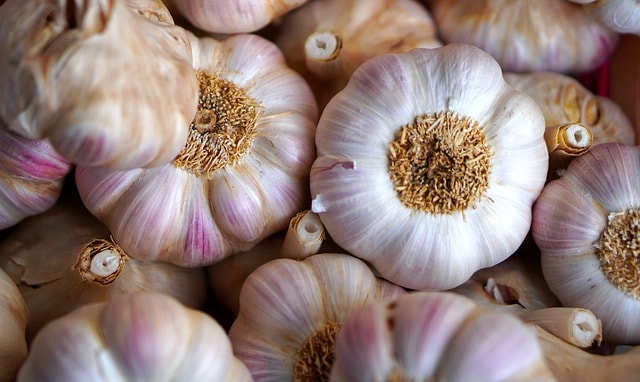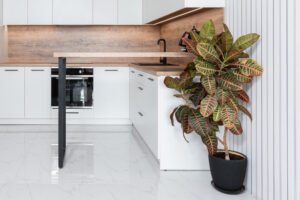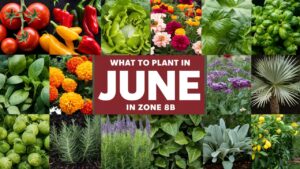In this guide, we’ll explore the plants that do not get along well with garlic and why they should be kept apart.
Beans
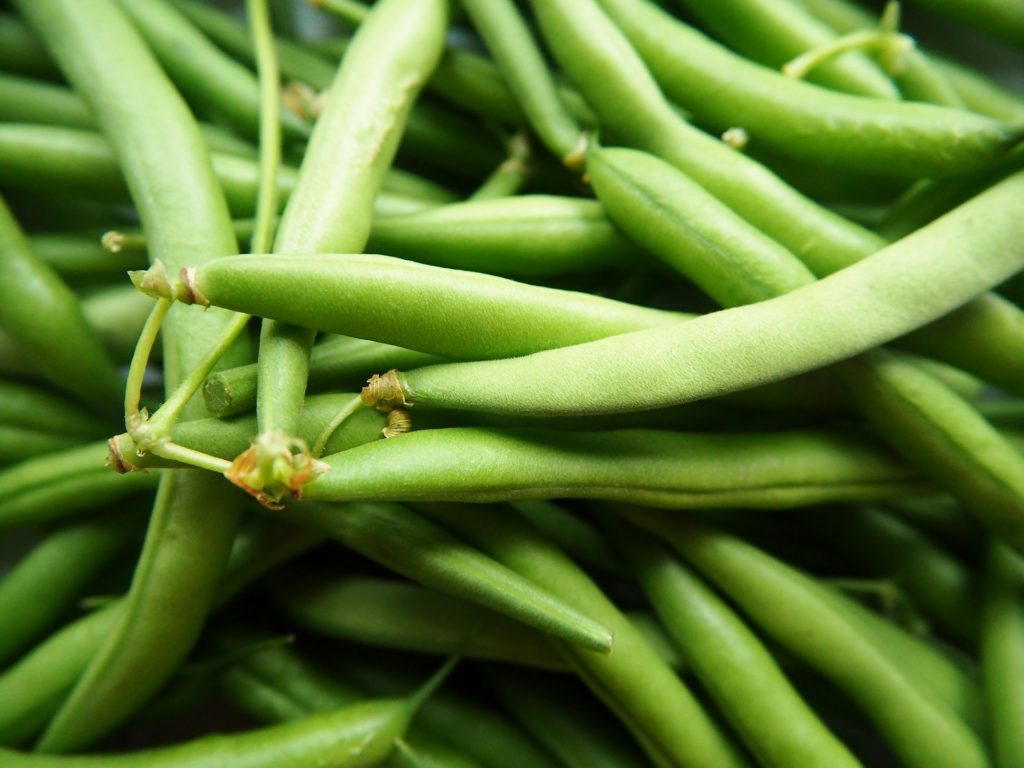
When it comes to garlic and beans, the incompatibility primarily stems from their contrasting nutrient requirements and growth habits. Garlic is a heavy feeder, consuming significant amounts of nutrients from the soil, while beans, especially bush and pole varieties, are nitrogen-fixing plants that alter the soil’s nutrient composition. When planted together, garlic can compete with beans for essential nutrients, leading to poor growth and reduced yields for both. Beyond this, garlic can discourage the beneficial fungi that beans depend on for nutrient absorption, creating a less favorable growing environment.
Additionally, the physical growth habits of garlic and certain beans may clash. Garlic’s strong, upright growth can overshadow low-growing bean plants, inhibiting their access to sunlight. This results in stunted growth, reduced flowering, and a lack of bean production. It’s best to plant beans away from garlic to give both crops the best chance to thrive.
Asparagus
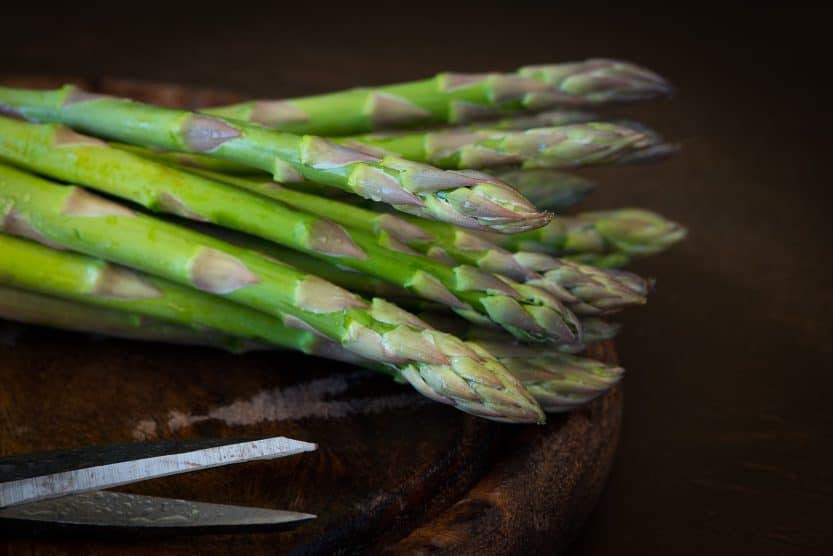
Asparagus and garlic tend to clash in the garden for a few key reasons. Garlic can inhibit the growth of asparagus through root exudates, which may interfere with the delicate root systems that asparagus relies on for nutrient absorption. The two plants have differing water needs as well; garlic prefers well-draining soil that isn’t overly wet, while asparagus thrives in soil that retains moisture moderately well.
Moreover, the growth cycles of garlic and asparagus are misaligned. Garlic is typically harvested in summer, while asparagus is a perennial crop that can take years to establish. Planting them close together can result in disturbance to the asparagus plants, which may hinder their long-term growth and yield. For optimal success, keep garlic well away from asparagus beds.
Sage
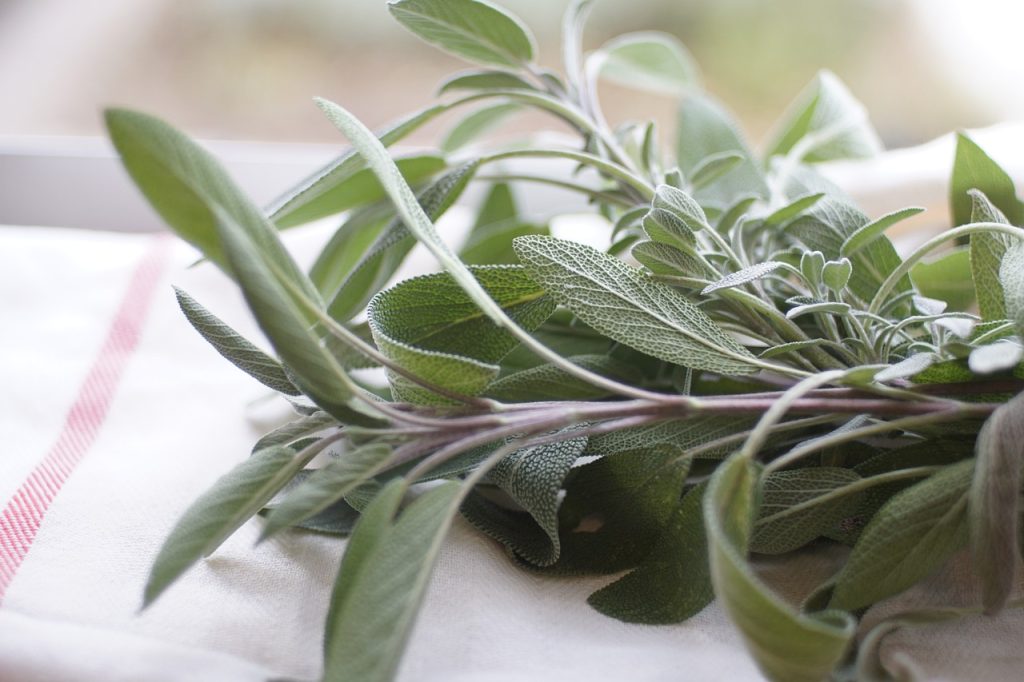
Sage is a beloved herb known for its culinary uses, but it doesn’t play well with garlic. The primary issue lies in the fact that both plants share similar growing requirements and can compete for resources. Sage, like garlic, prefers well-drained soil and ample sunlight, which creates a battle for nutrients and water between the two.
Moreover, sage has a sprawling growth habit that can overshadow garlic, hindering its potential. There’s also an interesting dynamic in terms of diseases; sage is known to attract specific pest populations that can wreak havoc on garlic, potentially leading to issues with diseases such as rust. To avoid these complications, planting sage in a distant herb section rather than near garlic is the best practice.
Parsley
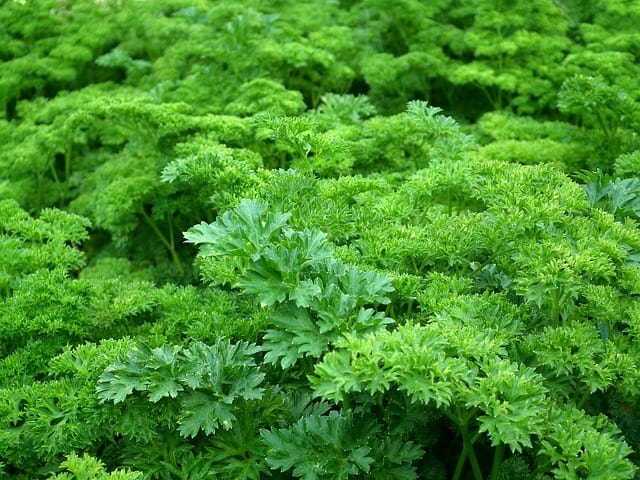
While parsley and garlic might seem like a natural pairing in the kitchen, in the garden, they often don’t get along. Garlic is known to produce allicin and other compounds that can inhibit the germination and growth of parsley seeds. This reaction is particularly pronounced in young plants, which might struggle to establish themselves when planted in close proximity to garlic.
Furthermore, both plants have slightly different moisture and sunlight requirements. Garlic prefers soil that dries out a bit between watering, while parsley does best in consistently moist soil. When planted together, these differing needs can lead to stress for both crops, resulting in reduced flavor and quality. To create a productive herb garden, it’s wise to keep parsley away from garlic and let each plant thrive in its ideal conditions.
Strawberries
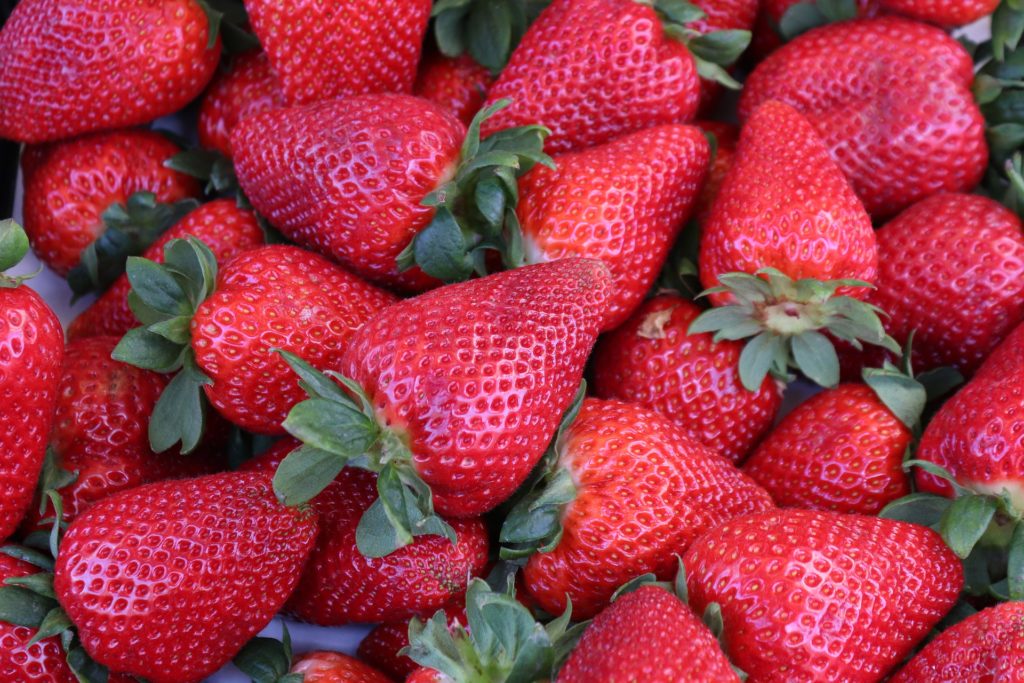
Strawberries are a favorite among home gardeners due to their sweetness and ease of cultivation, but planting them alongside garlic is not advisable. The primary reason lies in the nutrient competition between these two plants. Garlic is a vigorous grower that can outcompete strawberries for water and nutrients, leading to underperforming fruit.
Additionally, garlic can attract certain pests that affect strawberries. For instance, certain types of aphids, which are drawn to garlic, may migrate to strawberry plants, leading to infestations. Garlic’s strong growth can also cast shade on strawberry plants, reducing their access to sunlight and impacting fruit production. To ensure a bountiful strawberry harvest, it’s best to give them their own space.
Peas
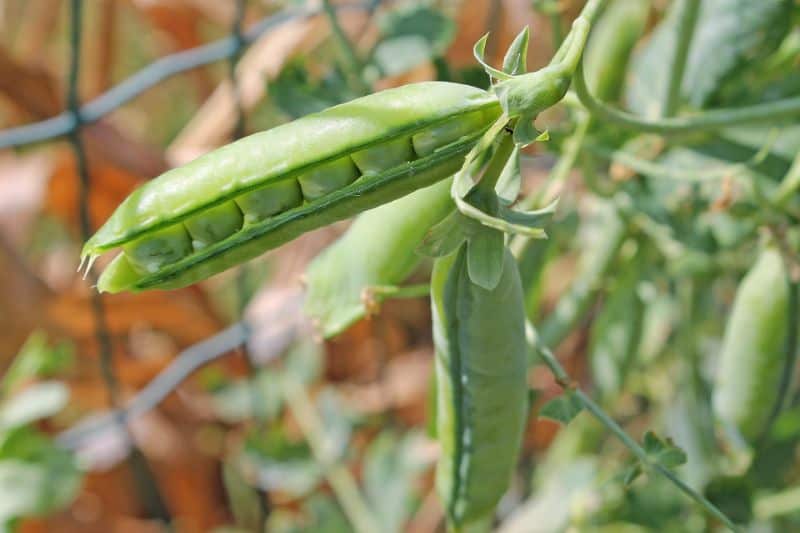
Peas are not the best companions for garlic, primarily due to their differing growth habits and nutrient needs. Garlic is a heavy feeder that prefers rich soil, while peas are nitrogen-fixing plants that alter the soil dynamics. When planted together, garlic may dominate the resource pool, stunting the growth of pea plants.
Moreover, the moisture needs of peas and garlic can be discordant. Peas enjoy a consistently moist environment during their growing phases, while garlic does best in drier soil conditions after establishment. This discrepancy can lead to issues like root rot for garlic or stunted growth for peas. For these reasons, it’s wise to plant these crops in separate areas of the garden.
Cabbage
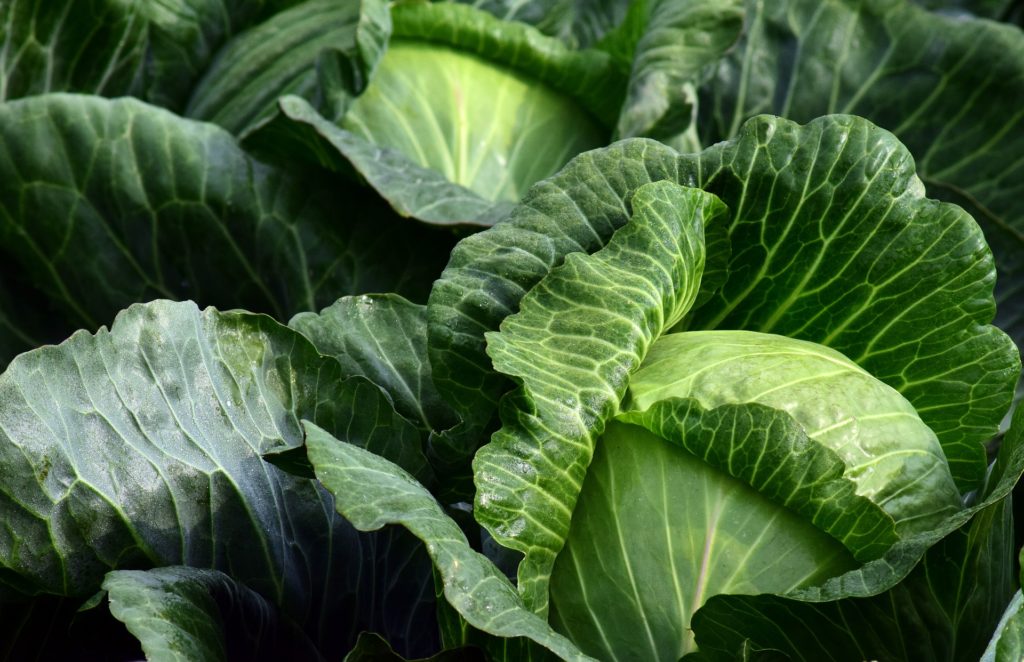
Cabbage and garlic have a fraught relationship, often due to issues with pests. Garlic can repel some pests that are notoriously attracted to cabbage, such as aphids and cabbage moths; however, the benefits don’t outweigh the drawbacks when it comes to companion planting.
The main issue arises with the fact that garlic’s growth can compete heavily with cabbage for nutrients, potentially leading to nutrient deficiencies for both plants. Additionally, garlic’s robust growth might cast shadows on the cabbage, impacting their access to sunlight crucial for optimal growth. For the best results, it’s advisable to avoid interplanting these two.
Broccoli
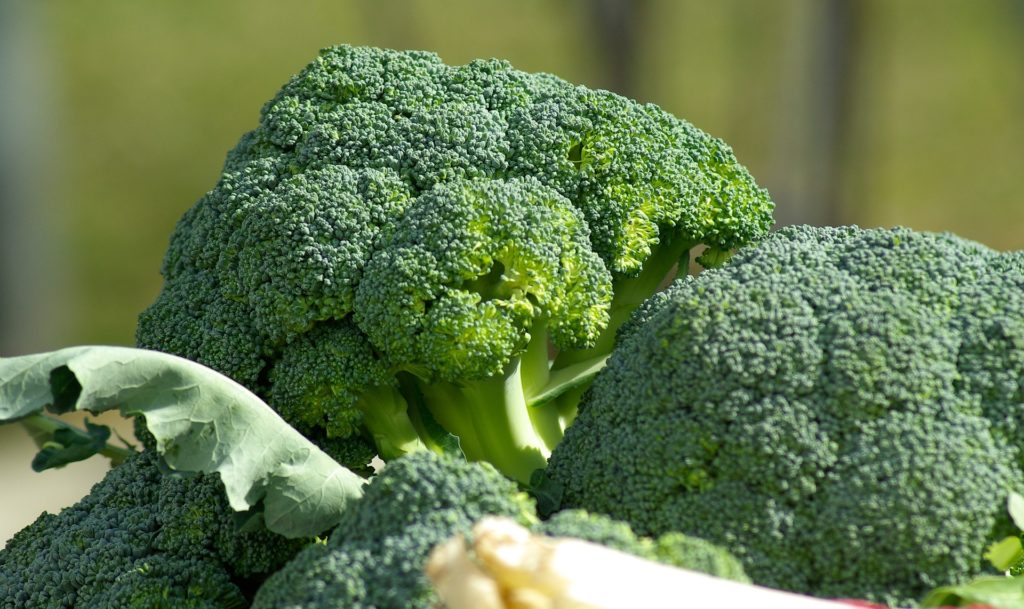
Similar to cabbage, broccoli shares many of the same challenges when grown alongside garlic. While garlic can deter certain pests from broccoli, like flea beetles, the competition for nutrients can be detrimental.
Garlic tends to grow tall and can overshadow young broccoli plants, limiting their light and preventing them from flourishing properly. Broccoli also benefits from rich soils, which can be adversely affected by garlic’s heavy feeding habits. The risks of disease transmission can also increase in crowded conditions, making it advisable to keep garlic and broccoli separate for optimal health and yield.
Cauliflower
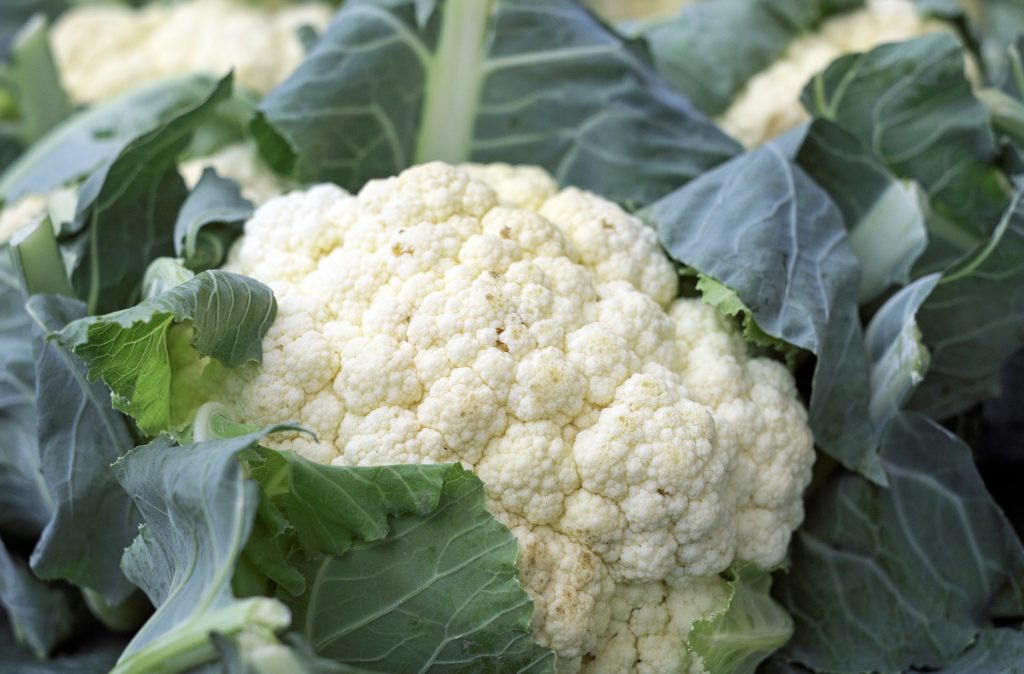
Cauliflower, like its cruciferous siblings broccoli and cabbage, exhibits many of the same compatibility issues when placed near garlic. Garlic’s growth can lead to shading, impacting the flowering and fruiting capacity of cauliflower.
Additionally, garlic creates a nutrient competition that can hinder cauliflower’s establishment. Both plants also share susceptibility to some similar diseases and pests, compounding potential health risks in the garden. For maximized health and yield, it is essential to plant garlic away from cauliflower and its brassica relatives.
Kale
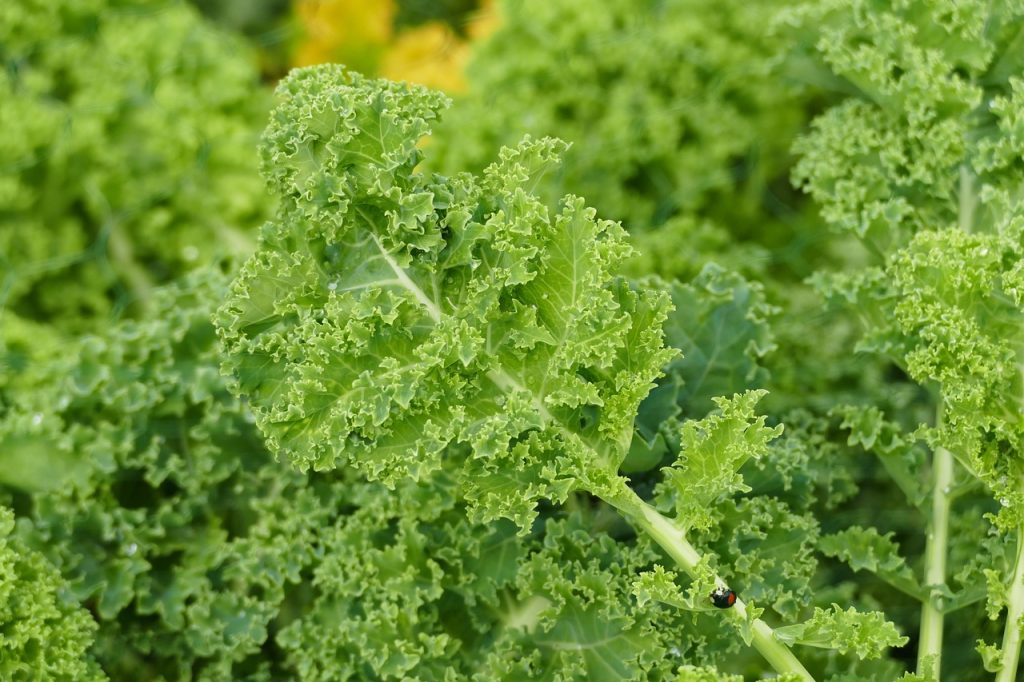
Kale, another member of the brassica family, shares a similar fate as cabbage and broccoli when adjacent to garlic. While garlic may provide some pest-repelling qualities, the competition for nutrients can have negative effects on both plant types.
Kale has its own distinct preferences for growing conditions, thriving best in moist, nutrient-rich soil, while garlic prefers a drier, well-drained environment. When grown in close quarters, these differing needs can clash, ultimately leading to poor plant development. Additionally, overcrowding can favor the spread of diseases, so it’s optimal to let kale grow in its own dedicated space.
Tomatoes
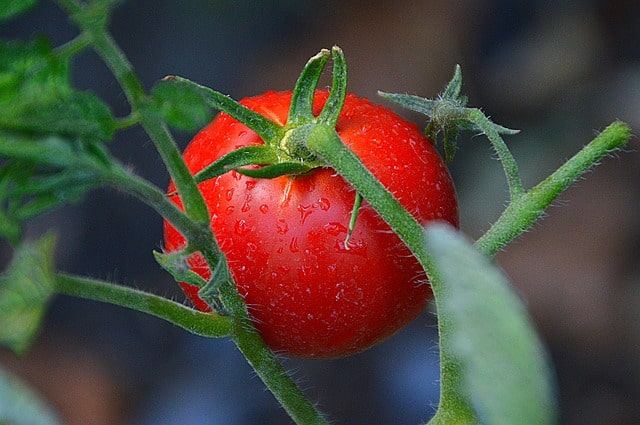
Tomatoes and garlic might be a common pairing in many kitchens, but their relationship in the garden doesn’t work quite as well. Garlic can inhibit the growth of tomatoes by producing certain compounds that may affect their growth cycles.
Additionally, both plants have different moisture needs. Tomatoes thrive in consistently moist soils, while garlic does best with less frequent watering once established. The potential for disease also increases when these two are planted together, as both can be susceptible to fungal issues. For the healthiest crop of tomatoes, it is best to keep them at a distance from garlic.
Potatoes
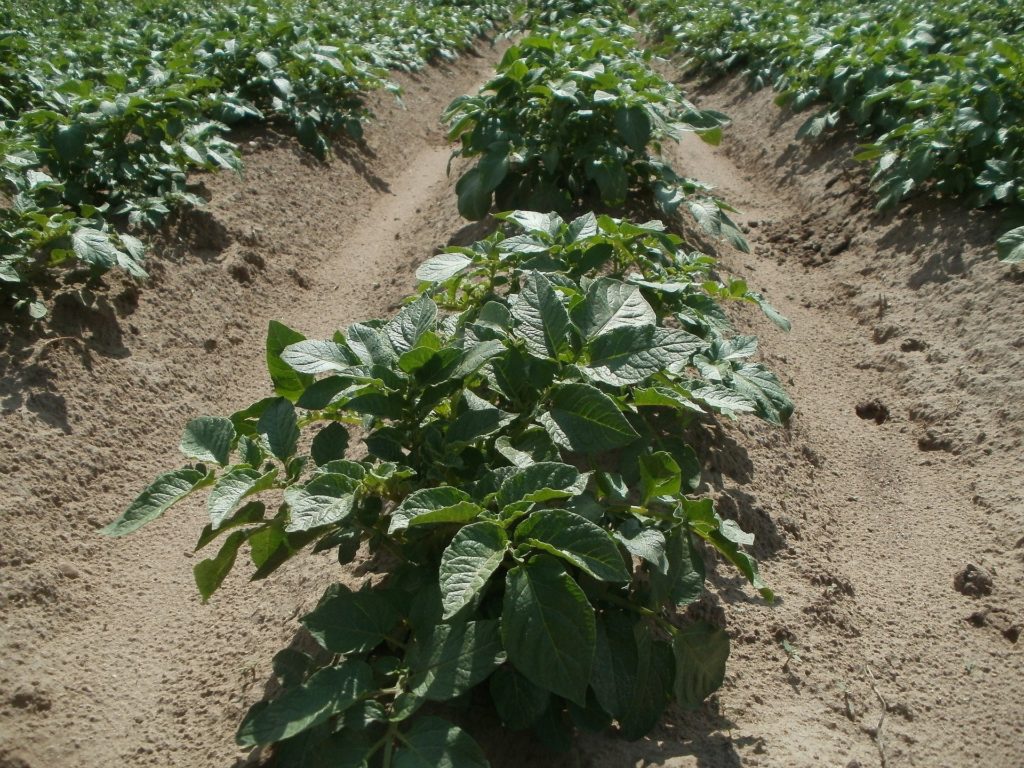
Garlic and potatoes form another unfortunate pairing in the garden. Potatoes are susceptible to a range of diseases, many of which can be exacerbated by nearby garlic. For example, the presence of garlic might attract pests that can then infest potatoes, leading to decreased yields.
Furthermore, both garlic and potatoes are heavy feeders that can deplete the soil of essential nutrients, leading to reduced vitality for both crops. They also have differing water retention needs, with potatoes requiring more moisture than garlic. To cultivate a flourishing vegetable garden, keep these two crops apart to ensure good health and bountiful harvests.
Other Alliums
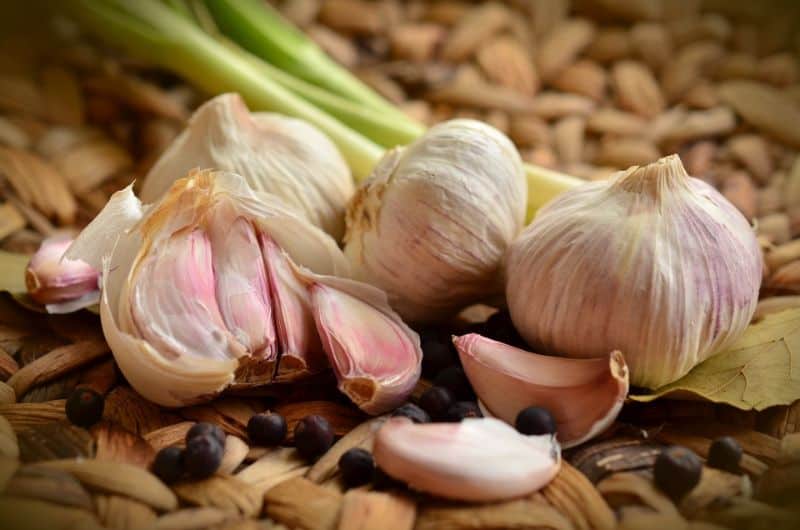
Finally, planting garlic alongside other alliums—including onions, leeks, and shallots—is generally considered inadvisable. While they share similar growing needs, their close proximity leads to disease susceptibility among alliums. Conditions that promote disease in one type of allium can quickly spread to others.
Additionally, competition for nutrients is intensified when multiple alliums are planted together. Fluctuations in soil pH and nutrient levels can negatively affect overall growth and yield. For the health of your allium crops, consider planting garlic separately from other members of its family.
Conclusion
Companion planting is both a science and an art, and understanding which plants to keep apart can greatly enhance your gardening success. While garlic offers numerous benefits in the garden, its incompatibilities with certain plants should be carefully considered. By avoiding the combinations outlined in this blog post—such as beans, asparagus, and other alliums—you can foster a thriving garden environment where each plant can reach its full potential.


